When we consider the past, we don’t hope to happen upon any over the top or odd love conventions. Notwithstanding, there are plenty. The following are 10 odd ways to express love from the past. Would you like any of them to return?
How People Express Their Love in Past? 10 Bizarre Traditions
10. Vinegar Valentines
Mean Valentine’s Day cards, otherwise called “Vinegar Valentines,” rose in the 1800s and were utilized for embarrassment purposes. A direct inverse to the common Valentine’s card, a Vinegar Valentine was an inexpensively made card with a sarcastic picture and also a four-or six-line verse which portrayed and derided the identity of the beneficiary. There was a card for each affront you could consider, from hair sparseness to status. More outrageous cards even proposed that beneficiaries slaughter themselves. The objectives of these cards were changed and could incorporate neighbors, adversaries, supervisors, instructors, or basically those whose advances you needed to expel.
One Vinegar Valentine, for instance, depicts a picture of a curious uncovered man around whose head a swarm of creepy crawlies, perhaps flies or moths hover about. The little ballad underneath the representation peruses:
Bare Head. Your brilliant sparkling pate is seen at all shows what’s more, constantly down in the uncovered headed columns where you make obvious by your delicate care Your actual passionate love for that one dejected hair.
These Vinegar Valentines, most well-known between the 1840s and the 1880s, were mass-created by similar organizations that delivered the frilly, sweet Valentine’s Day cards we’re utilized to today. Note that before the prepaid stamp was presented, the recipient paid for the mail rather than the sender. The beneficiary of a Vinegar Valentine not just had the misfortune of getting the affront yet additionally needed to pay for it!
9. Wearing Your Heart on Your Sleeve
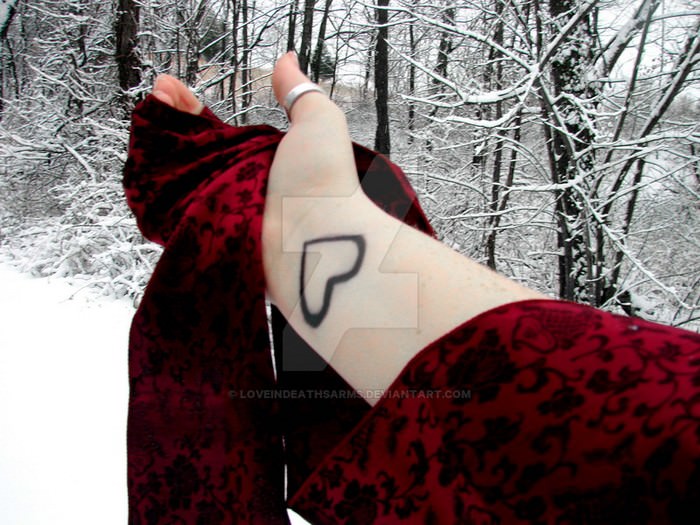
Have you at any point pondered where the somewhat unusual articulation, “exposing heart and soul to all onlookers,” originated from? There are really three conceivable clarifications for its source. The principal hypothesis recommends that it began in the middle Ages while, amid a Roman celebration, men attracted names to decide the personality of their woman companion for the coming year. Once the name of the woman was known, it was worn on the man’s sleeve for the rest of the celebration. This somewhat odd custom started after Emperor Claudius II prohibited marriage because of his firm conviction that unmarried men improved warriors. As another option to marriage, he proposed this bizarre “impermanent coupling.”
The second hypothesis recommends that when a knight performed in a jousting match in the middle Ages, he would commit his execution to a specific lady of the court. The knight would connect to his arm something that had a place with the lady, for example, a tissue, to let everybody realize that the match would protect her respect.
The third conceivable starting point of the articulation originates from a Shakespearean play in which the expression was first communicated in composing. In Othello, Iago, the play’s principle rival, makes an admission with respect to his unfaithful demonstrations and says, “However I will bear everything to all onlookers for Daws to peck at,” which essentially implies that he is completely uncovering himself and welcoming the feathered creatures to peck at him.
8. Escort Cards
Escort cards, additionally alluded to as “tease cards,” looked like calling cards and were a silly route for youngsters to start romance in late nineteenth century America. At the time, most ladies could scarcely address a man without a chaperone, and along these lines, the least demanding route for a man to tease or start up a discussion with the lady he preferred was to subtly slip the card into her hands. The lady would then conceal the card in some imaginative path, for example, by slipping it into her glove or by concealing it behind her fan.
Some of these cards were blameless and affable with expressions, for example, “May I Have the Pleasure of Seeing You Home tonight? Provided that this is true, keep this card; if not, please return.” Others were significantly more forceful and had maxims like “Not Married And Out For A Good Time” imprinted on them.
Be that as it may, men weren’t the main ones with “colleague cards” up their sleeves. A card that says, “You May C Me Home Tonight” and also a card that understands, “I am Anna ‘Butch’ Engle Who The Devil Are You?” were found by authorities, recommending that ladies utilized escort cards similarly as men.
7. Lover’s Eyes (Sweetheart’s Eye)
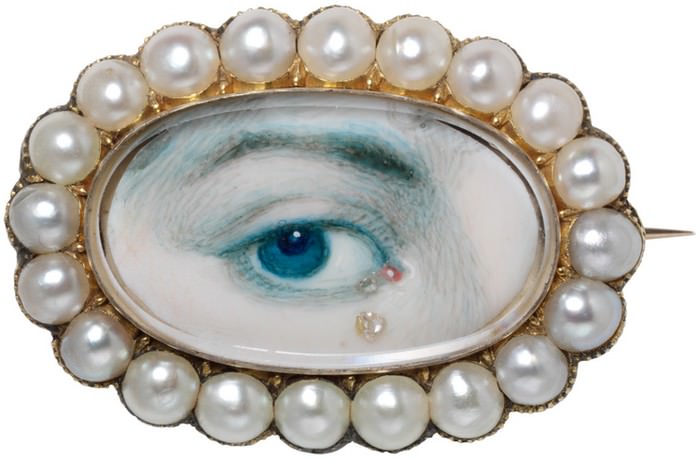
Sweetheart’s eyes, otherwise called “eye miniatures,” were mainstream cherish tokens traded between affluent couples in the late 1800s and mid-1900s. A sweetheart’s eye was a painted smaller than usual of the provider’s eye, which was then skilled to their darling. As the name proposes, the sweetheart’s eye uncovered exclusively the eye of the provider, along these lines enabling the beneficiary to wear it out in the open without the dread of anybody perceiving the personality of their adored one.
The extent of these eye miniatures fluctuated between a few millimeters to a few centimeters. They were either painted in watercolor on ivory or in gouache on card and were frequently set in rings, pendants, ornaments, snuffboxes, or toothpick cases.
As per legend, the primary sweetheart’s eye was created toward the finish of the eighteenth century after the sovereign of Wales, who later progressed toward becoming George VI, began to look all starry eyed at Maria Fitzherbert, a twice-widowed Catholic. Maria did not respond the sovereign’s sentiments of friendship, be that as it may, so the ruler chose to arrange a suicide endeavor, after which Maria altered her opinion and consented to his proposition to be engaged. In any case, Maria soon altered her opinion yet again, probably after she understood how troublesome it is get the ruler to consent to their marriage, particularly observing as she was a twice-widowed Catholic. She fled to Europe.
In any case, the ruler of Wales was courageous. In November 1785, he sent her a moment proposition to be engaged alongside a small scale of his eye, which was set in a memento. A note that went with the bundle stated, “P.S. I send you a package, and I send you in the meantime an eye. On the off chance that you have not completely overlooked the entire face, I figure the similarity will strike you.” Whether it was the eye smaller than normal or the note that mellowed Maria’s heart, it worked, for she soon consented to the ruler’s proposition to be engaged. They got hitched in a mystery service in December 1785. Not long after, eye miniatures turned into a famous craze among high society.
Today, less than 1,000 of these darling’s eyes exist.
6. Future Husband Superstitions

Before, women regularly depended on superstitions and interesting customs to find out about their future spouse. A standout amongst the most mainstream superstitions in regards to this included perusing signs from winged animals. This somewhat abnormal practice goes back to Greek and Roman circumstances. The thought is that the primary flying creature an unmarried lady spots on Valentine’s Day will foresee the character and identity of the man she will wed. For instance, if a lady saw a goldfinch, that implied that she would wed a rich man, and in the event that she saw a sparrow, it implied that she would wed a poor man however be extremely cheerful. A robin implied a mariner, and a woodpecker implied that no marriage would occur by any means.
Another custom that was well known in Great Britain in the 1700s included sticking five cove leaves sprinkled with rose water to one’s cushion, one in the inside and one in each corner. For this custom to work, the women additionally needed to expend salted eggs with no yolk and serenade a little supplication that stated, “Great valentine, be benevolent to me; in dreams, let me my genuine romance see.” If every one of the means of the custom were completed in like manner, the woman would apparently observe her future spouse in her fantasies.
At last, overcome women were encouraged to visit a memorial park on the eve of Saint Valentine’s Day. Subsequent to finishing an extraordinary serenade and circling the congregation 12 times, it was trusted that a picture of their future spouse would show up before them.
5. Bundling
In frontier America, packaging was a prominent custom which included a seeking couple to be sleeping together, yet with the majority of their garments on. Frequently, a board would be put amidst the bed to keep the couple particular, or the lady would be placed in a packaging sack or a duffel bag– like modesty sack. The guardians were additionally regularly in an indistinguishable room from the packaging couple to additionally guarantee that no wrong conduct occurred.
It is trusted that the somewhat abnormal custom of packaging was first acquainted with the American provinces by the early surge of Scots, Welsh, and different European migrants. Since fuel costs in the eighteenth century were high and the evenings frequently frosty, packaging was an open door for some closeness, as well as a decent route for the couple to keep warm. Be that as it may, as indicated by a few researchers, the principal event of packaging can be followed back the distance to the scriptural story of Ruth and Boaz. As per the story, Ruth, a dowager, and Boaz, a well off landowner, spent a night together on a sifting room floor and before long, progressed toward becoming a couple.
4. Apples Of Love
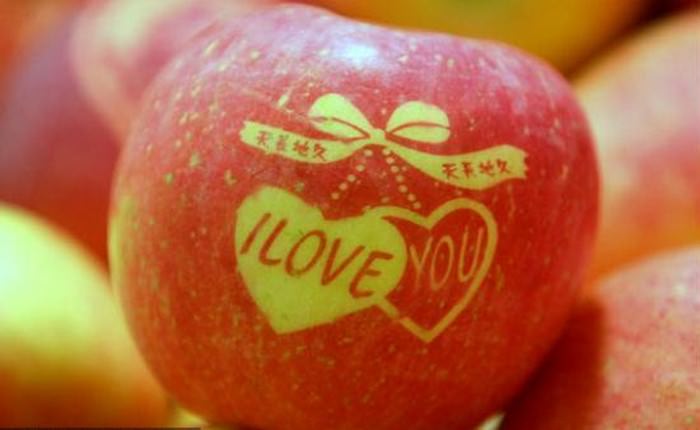
In 1975, writer Benjamin Brody composed an article called “The Sexual Significance of the Axillae,” which was distributed in the diary Psychiatry. In the article, Brody portrayed the bizarre sentimental custom present in provincial Austrian culture, wherein a young lady kept cuts of an apple in her armpit amid a move. The apples filled in as a characteristic antiperspirant. Toward the finish of the move, the young lady would display the sweat-soaked apple cut to the man she liked, and if the man restored her emotions, he would dauntlessly eat the apple cut, telling the young lady that where he stood.
This odd custom wasn’t used exclusively by women, either, although men generally seemed to forgo the apple and opt for other objects, such as handkerchiefs, instead. An article in the 1899 Journal of American Folklore, for example, states, “To make a girl love you, take a piece of candy or anything she is likely to eat, and put it under either armpit, so that it will get your scent.”
3. Courting Sticks
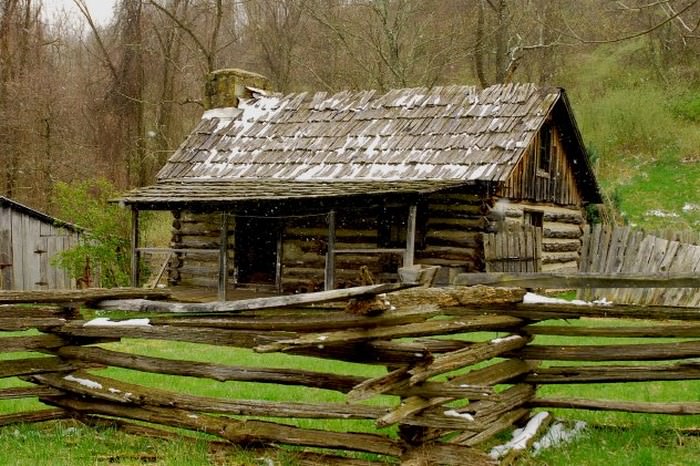
Strict societal standards in early New England implied that pursuing was troublesome. Couples were seldom taken off alone without anyone else, and this implied the man needed to frequently visit his woman in her family home. Most houses at the time were little, implying that the entire family frequently sat before the fire in a similar little gathering room, making private discussion between the two sweethearts relatively inconceivable. This was the place the development of seeking sticks, otherwise called “pursuing tubes,” came in.
A seeking stick was an empty tube, 2– 2.5 meters (6– 8 ft) long and around 2.5 centimeters (1 in) in distance across, fitted with two mouthpieces and two earpieces. To utilize the pursuing stick, a couple would sit at the either side of the chimney and whisper little teases to each other. To hear the man talk, the lady would put one end of the tube in her ear, and when the man needed to hear the lady’s answer, he would put his finish of the stick into his ear. Despite the fact that the entire family was available in the room, nobody else could hear the two darlings’ mystery discussion.
2. Lovespoons
The custom of men offering lovespoons to the lady they needed to court started in Wales in the sixteenth century. The convention wasn’t entirely limited to Wales, nonetheless; it expanded all over Europe and was particularly prevalent in Celtic nations. Lovespoons were displayed to a sweetheart like how a bunch of blossoms may be introduced to a darling today and were generally made by young fellows amid long ocean voyages or winter evenings. These spoons were constantly cut from one bit of wood just, and the handle of the spoon was quite often brightened.
In the event that the young lady acknowledged the lovespoon, it was an indication that she restored the man’s sentiments and that a connection between the two would start. It is trusted this is the place the starting point of “spooning” originates from. In the event that the couple chose they were appropriate for each other and chose to remain together, they would regularly show the lovespoon on one of the dividers of their home, like how a wedding photo would be shown today.
1. Morgengabe
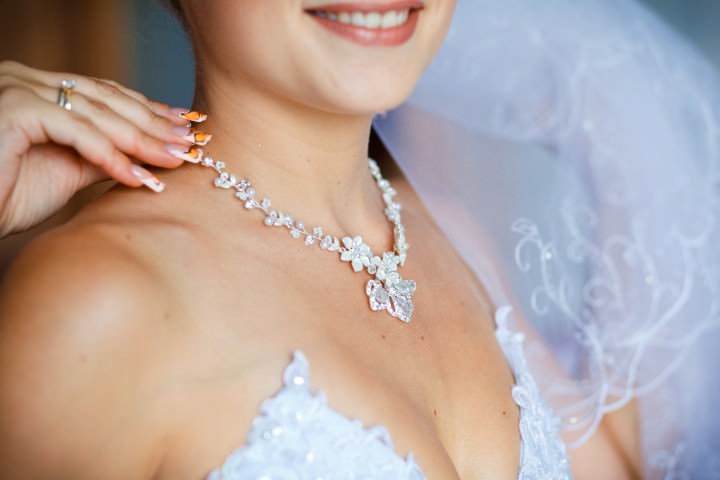
In Germany in the Middle Ages, marriage between a man and a lady dependably implied the trading of numerous blessings between the two families included. The spouse introduced a “lady of the hour value” (a specific entirety of cash, property, or some other type of riches) to the father of the lady of the hour, and the last offered remark recently wedded couple consequently. In any case, maybe the most fascinating endowment of all was the one that the spouse provided for his new lady of the hour.
The morgengabe, or “morning blessing,” was a generous blessing (as a rule around 33% or one-fourth of the share, contingent upon the law) that a spouse gave the lady of the hour the morning after they culminated the marriage. Morgengabe was basically an installment for the lady’s virginity, which, obviously, couldn’t be sold until the point that the spouse had confirmed that it did, actually, exist. In the early Middle Ages, culmination was what made the marriage genuine, and morgengabe was, as a result, its last assurance.

